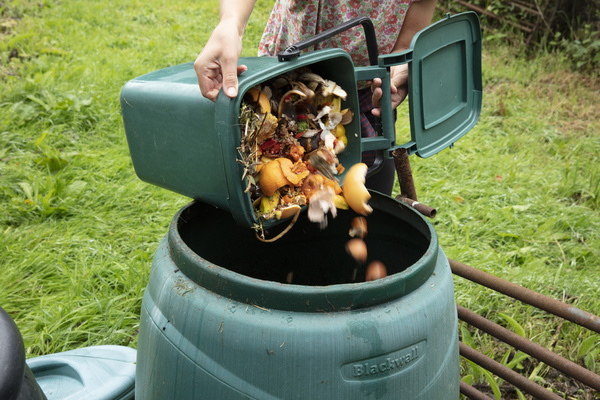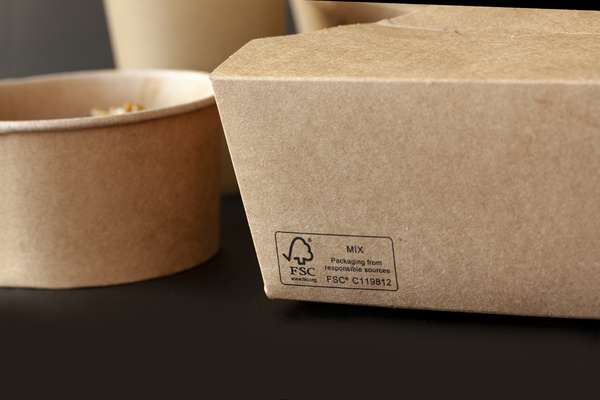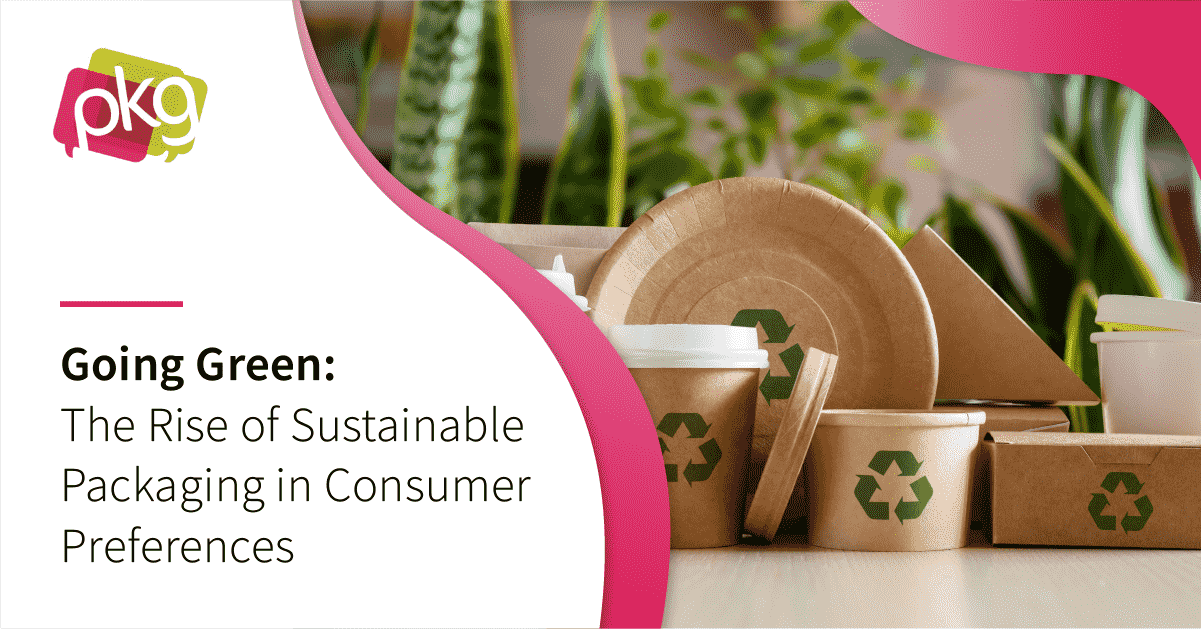
Many customers prefer purchasing CPG products from companies that use compostable packaging. The market for compostable materials is growing exponentially.
Research shows the global green packaging market size was $258 billion in 2019. It is expected to grow at a compound annual growth rate (CAGR) of 6.0% between 2020 and 2027. This indicates the importance of using environmentally-friendly materials in all areas of the CPG process.
Though the term compostable is widely used, it can be challenging to define exactly what it is and how to apply it. Here is what you need to know about this type of packaging material.
What Is Compostable Packaging?
Compostable materials are able to disintegrate when disposed of, releasing valuable nutrients into the soil. This helps new plants grow.
Compostable products help the environment only when they are in the right settings and conditions. Two settings where compostable materials are able to break down are in a home compost or industrial waste facility.
Home Compostable Packaging
When compostable packaging materials are placed in a home recycling bin, they can be removed and put into nutrient-rich soil to decompose. This occurs within a certain timeframe.
All parts of CPG packaging that go out for recycling should be biodegradable. This includes everything from the product packing to the ink.
Industrial Compostable Packaging
Industrial compostable packaging means these materials can only decompose in a facility designated especially for industrial composting. These materials need to be in temperatures between 55-60 degrees Celsius before decomposition can take place.

Biodegradable vs. Compostable
While the terms biodegradable and compostable have similar meanings, there are some important differences. Biodegradable products break down in landfills while compostable materials require specific temperatures and settings.
Biodegradable materials do not break down in a specific timeframe, while compostable materials do. Biodegradable materials can produce toxins, whereas compostable materials are capable of turning to nutrient-rich soil. Because of this, compostable materials are better for the environment.
Though it can be difficult to find a place that collects packaging for composting, programs for this do exist here in the U.S. A new compostable packaging guide developed by the Sustainable Packaging Coalition (SPC) reports at least 11% of the United States population can access programs that accept some compostable packaging and food waste. These programs differ from area to area and can include private or municipal curbside service.
Examples of Compostable Packaging Materials
Compostable packaging materials can come in many forms. These include:
- Wheat straw fiber
- Recycled paper
- Cellulose
- Bamboo
When considering the use of compostable packaging, think about the product inside. This is typically a great option for food products since it brings food waste into the mix, which is excellent for creating nutrient-rich soil.
Also, find out whether your CPG packaging is a contaminate at composting facilities. Non-compostable items can be accidentally included with compostable materials, which can cause contamination.
Redesigning non-compostable items so they are compostable will eliminate contamination. In the meantime, choose the materials you will use carefully to ensure they meet all compostable packaging requirements.
PKG Brand Design is always on the forefront of new CPG branding and packaging initiatives, please subscribe to our blog for the latest package design industry news!


-min-2.png)




